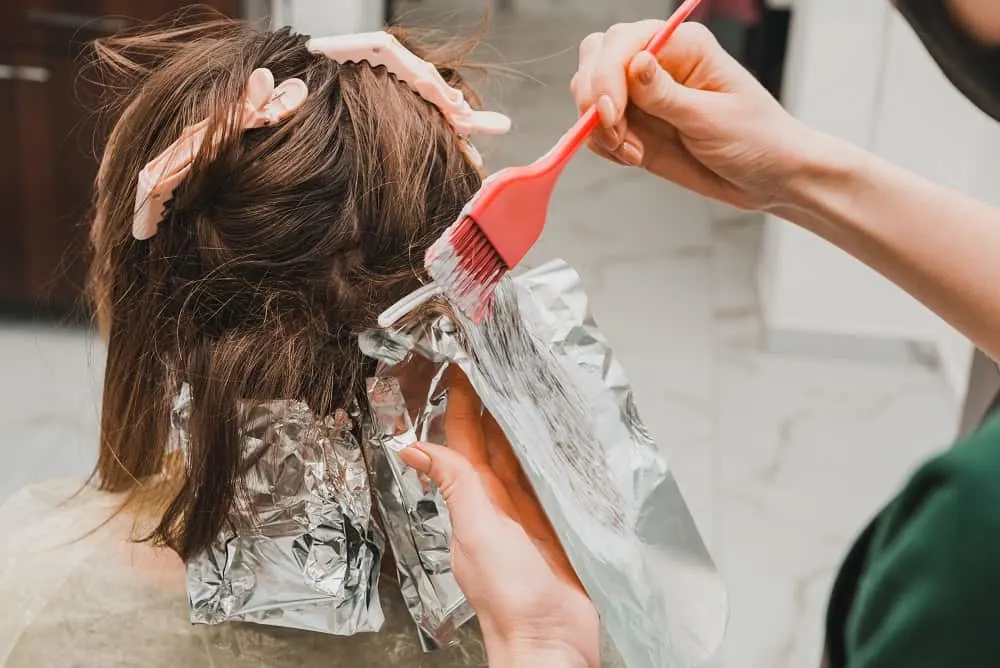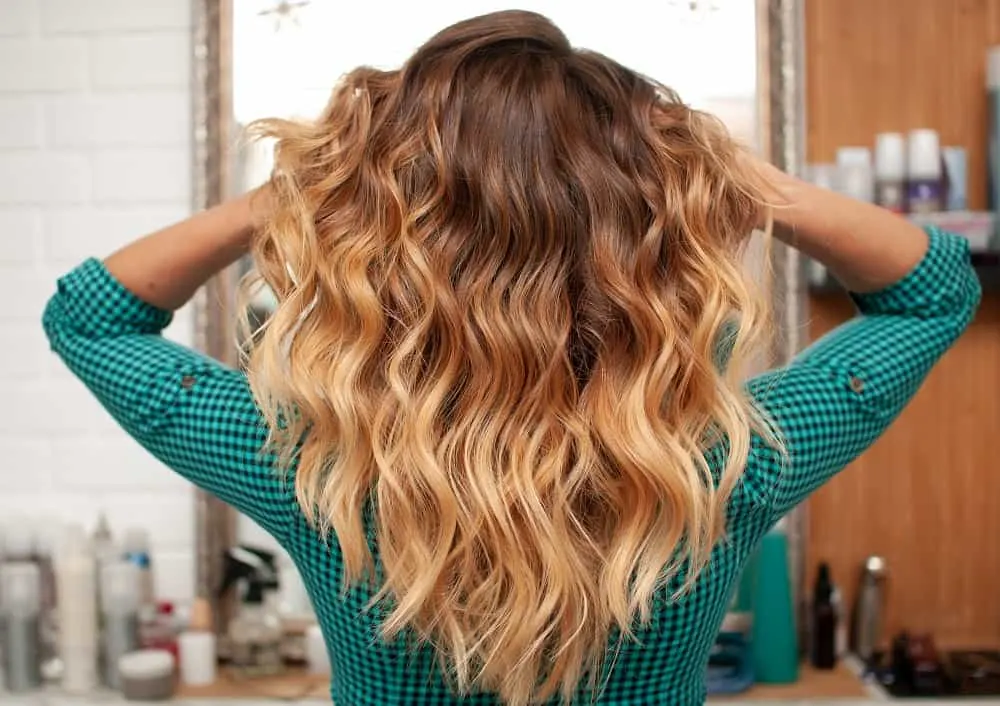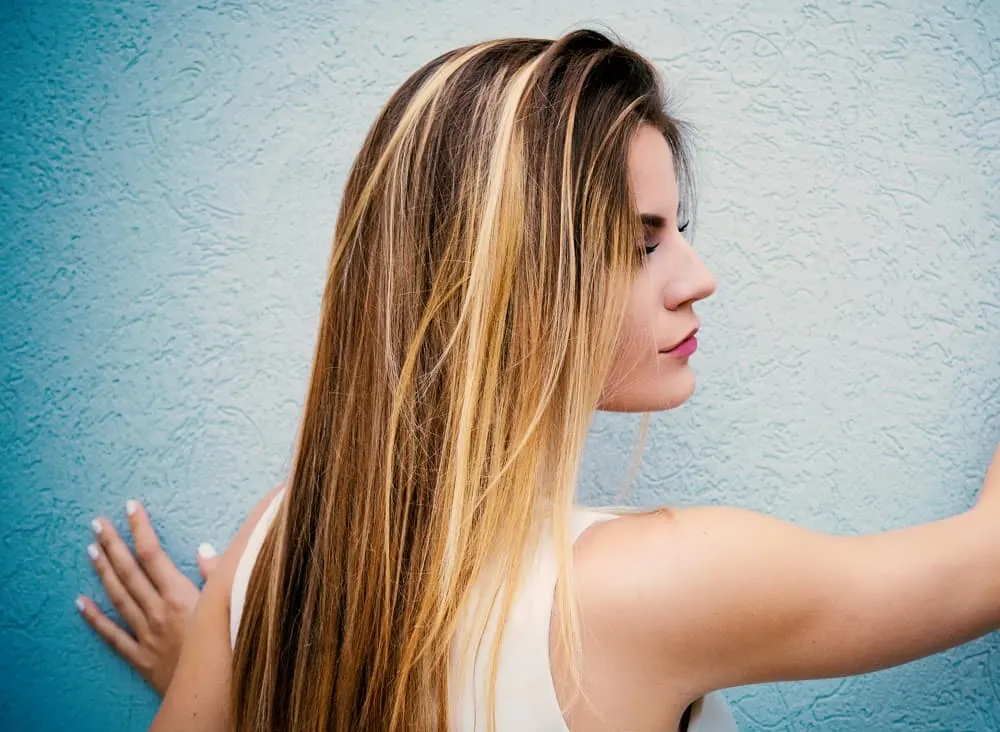The difference between foilyage and balayage may not be significant, but a skilled hairstylist can easily recognize each technique. Despite their differences, both foilyage and balayage are highly sought-after hair procedures.
These techniques are frequently requested by blondes and brunettes. If you’re unsure how to distinguish between the two, continue reading as we break down the differences step by step.
There are numerous ways to create stunning highlights, and both foilyage and balayage stand out as the most impressive and trendy hair coloring techniques, yielding the best results.
Before diving into the characteristics of these two popular procedures, let’s explore what each has to offer.
What is Foilyage Hair Technique?

Similar to balayage, foilyage employs nearly the same technique. Expert colorists use a sweeping method to apply the color to your hair. They paint your hair and, once completed, wrap the top and front sections in aluminum foils.
Colorists then apply heat to make the highlights appear even more vibrant, allowing the dye to better penetrate the hair. This process creates stunning nuances and hues that lighten your hair and blend beautifully with your base color.
Foilyage is often recommended for women with darker hair who desire striking highlights. If you don’t want a high-maintenance commitment that frequently requires salon appointments, foilyage is an excellent choice.
This technique took the hairdressing world by storm, typically using golden blonde highlights or other warm nuances and copper hues. The overall effect is more eye-catching and provides better contrast. Foilyage can be considered an upgrade from balayage.
What is a Balayage?

On the other hand, balayage differs slightly from foilyage. Although the two procedures achieve similar results, a color specialist can spot the difference—and after reading this article, so can you!
Balayage employs the same sweeping technique, with a lighter color applied while leaving the roots visible and untouched. More product is applied toward the ends, creating a stunning gradient.
The contrast between the roots and the tips of your hair is striking, as the color becomes brighter along your strands.
The procedure primarily focuses on the surface of your hair, leaving the underside untouched to create depth and dimension.
This remarkable process can be completed by an experienced colorist in approximately 45 minutes to 1.5 hours. However, the time may vary depending on your hair’s length and thickness.
If you decide to combine both procedures and incorporate foils, you might need to spend more than three hours at the hair salon.
How to Protect Highlights When Coloring Your Hair
Foilyage vs. Balayage
While balayage aims to create a natural sun-kissed look, foilyage produces a more vivid and striking transition. Balayage, which originated in France, translates to “to paint.”
As such, balayage is known as a technique where hair is painted freehand. The hair is then allowed to process in the open air and is covered with plastic film.
Foilyage, on the other hand, combines the traditional method of creating highlights with the painting procedure. After each strand is hand-painted using the balayage technique, the hair is carefully wrapped in aluminum foil and heated.
When Should I Use Balayage?

Balayage creates a stunning effect and is suitable for various situations. If you want to lighten your hair by four levels or less, this technique is the ideal choice. You can achieve the desired level of lightening in just one session.
This technique is perfect for women seeking a sun-kissed appearance and the “just came back from the beach” vibe. If you have never had highlights before, balayage is an excellent starting point.
It offers a natural, warm look that is ideal for those hesitant to make a dramatic change. Balayage produces subtle and attractive natural-looking highlights.
If you prefer not to visit the salon for frequent touch-ups, balayage highlights are precisely what you need. As your hair grows, the difference between the top and tip remains subtle.
The entire hairstyle is designed to emphasize this distinction. Balayage is a low-maintenance technique that allows you to delay touch-ups, so you won’t feel uncomfortable as your hair starts to grow longer.
When to Use Foilyage?

Foilyage is usually used if you have dark hair and want light highlights. That doesn’t mean you will get that unblended mark, specific to traditional blonde highlights. But what do you think about a beautiful blend with an intense nuance?
One of the reasons foilyage gained popularity lies in its low maintenance characteristics. All Hollywood stars, actresses, singers, and models started getting a foilyage, so the procedure is not on anyone’s lips in most hair salons.
Wrap Up
The techniques used for both balayage and foilyage are slightly different, as are the procedures. Balayage involves applying highlights without using foil, while foilyage combines two techniques.
Foils are used only on the top of your head and the front, where light typically falls. This approach allows the color to better penetrate the hair, creating a more intense look, regardless of the base color and roots.
Despite sounding simple, this is not a procedure you should attempt on your own at home. Schedule an appointment with a skilled stylist or colorist who understands the difference between the two techniques.
By doing so, you can ensure the outcome will be exceptional. Additionally, the transition between the sections where foils were used will be subtle and effective.
Related Topics
